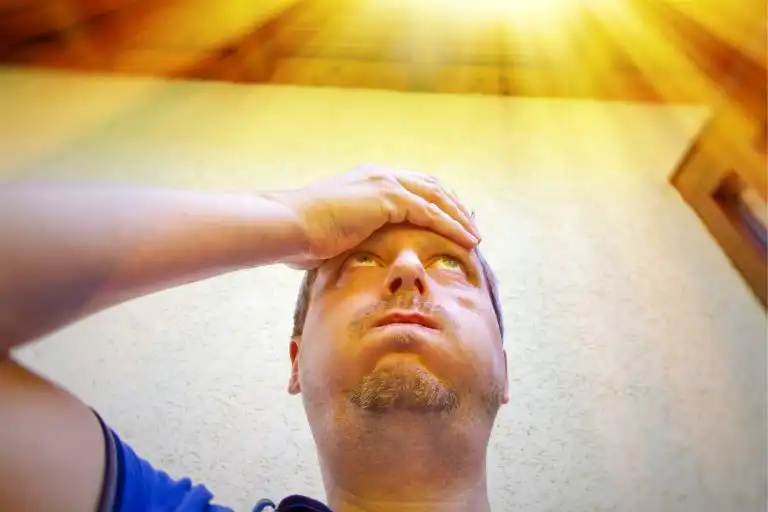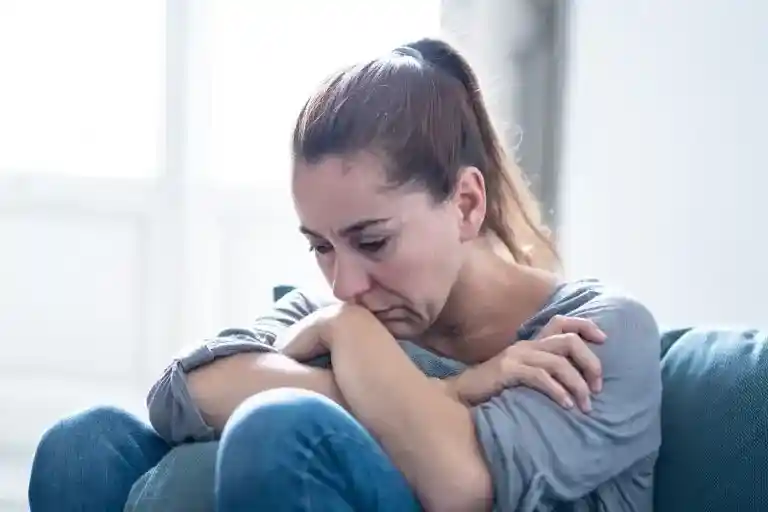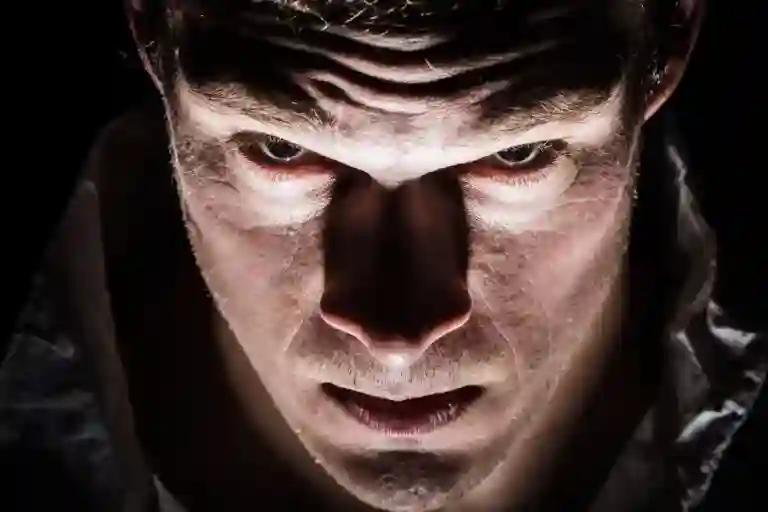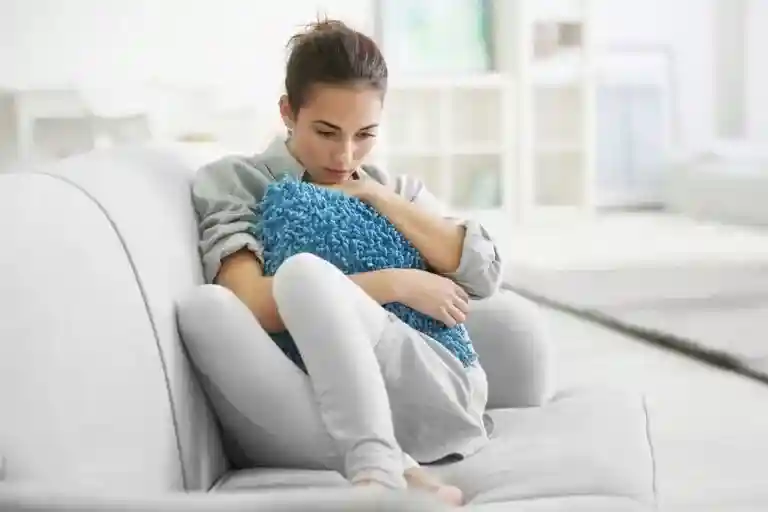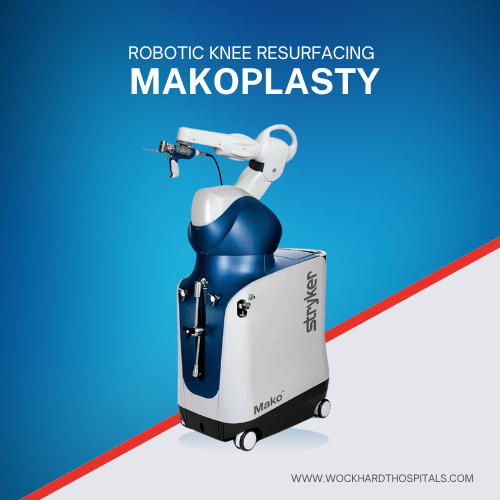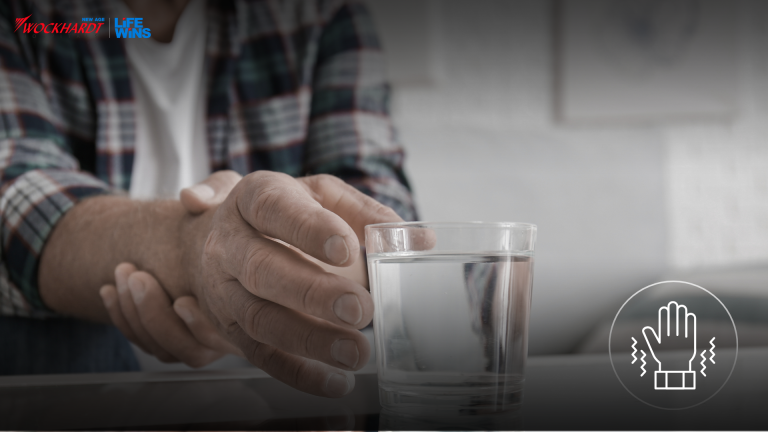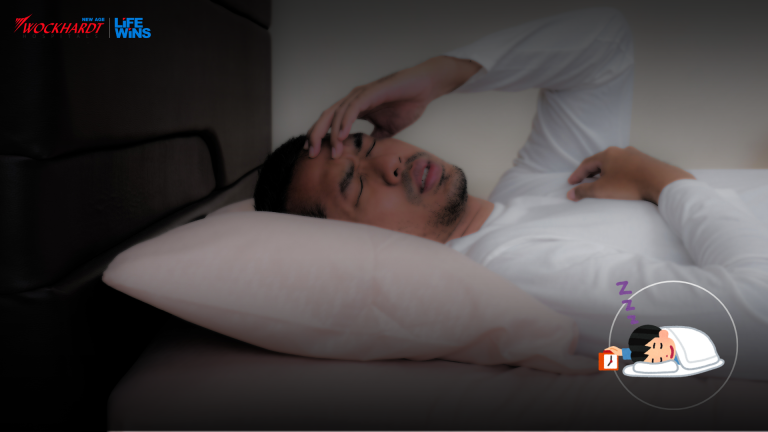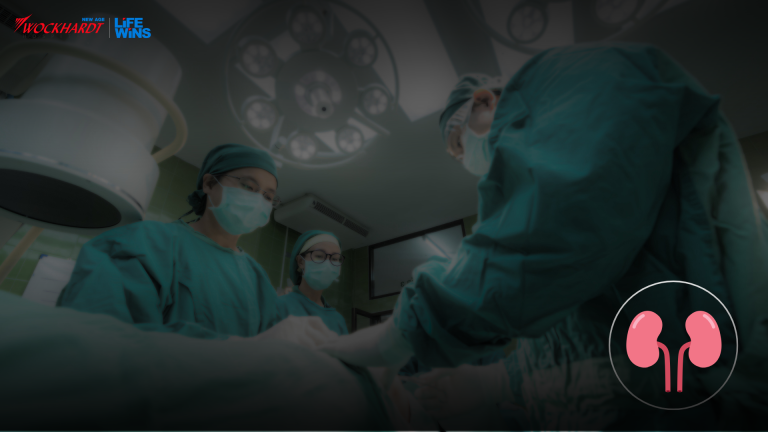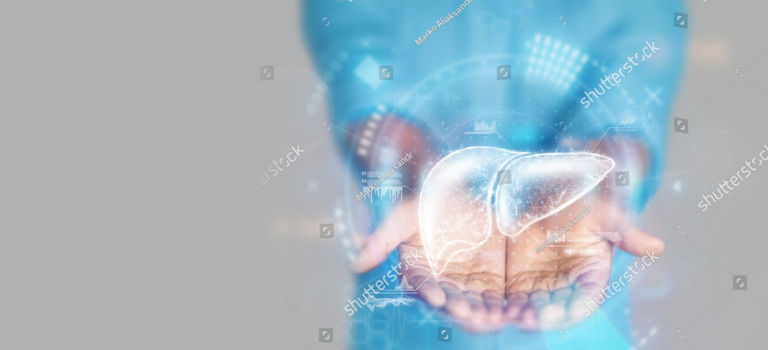One of the most frequently reported health issues in summer is Heat stroke or Heat stress is a serious kind of hyperthermia that is triggered when the human body absorbs more heat than it can dissipate.
Heat stroke results from prolonged exposure to high temperatures, usually in combination with dehydration which leads to failure of the body’s temperature control system.
When a person’s core body temperature rises above 40.5C, the body’s vital organs are affected radically thereby resulting in complete shutdown of his/her internal systems.
During summer, we tend to sweat more as compared to any other season; consequently the body tends to lose vital minerals through sweat. These minerals have to be replaced; otherwise the body may experience heat exhaustion and cramps.
Read the signs that your body may be giving you and take notice of any visible changes in the way your body functions.
Symptoms of heat stroke:
· Muscle cramps can be a primary symptom of heat-related illness which can further develop into heat exhaustion or heat stroke
· High body temperature (above 103°F)
· Rapid pulse
· Red & dry skin
· Possible blackout
If prolonged, Heat stoke can trigger dangerous, even deadly, health consequences. Take these steps to prevent a heat stroke during hot weather.
Ø Make sure that your body is hydrated. Don’t wait until you feel thirsty. Keep sipping water between regular intervals in order to avoid dehydration.
Ø Drink plenty of fluids and limit the intake of caffeine and alcohol. Extremely chilled drinks can cause stomach cramps, therefore keep away from the same.
Ø Avoid taking certain medications which can have a subsequent impact on the body’s ability to stay hydrated.
Ø Avoid direct exposure to the sun. If you have no other choice but to visit places with extremely high temperatures, wear sunglasses, hat and sunscreen before stepping out in the sun.
Ø Use an umbrella to protect yourself from hot winds and take frequent breaks in the shade
Ø While travelling outdoors, wear a light shaded, loose-fitting outfit that allows your body to breathe. Putting on clothes that don’t fit you will not allow your body to cool down in hot weather conditions.
Ø Even a few hours of cooling can prove to be highly beneficial for your body especially on days when the outdoor temperature is on its peak. If your home is not air-conditioned, take a stroll to the nearest mall or watch a movie. You can also keep your body cool by taking quick showers 2 to 3 times a day
Ø Try to schedule strenuous activities/physical workout during the cooler parts of the day like early morning or late evening. Take frequent breaks and use this time to replenish your body by drinking lots of fluids.
First Aid for Heat Stroke:
Ø Cool the person’s entire body by sponging or spraying cold water, and fan the person to help lower the person’s body temperature.
Ø A bath of cold or ice water has been proved to be the most effective way of quickly lowering your core body temperature.
Ø Use evaporation cooling techniques.
Ø Pack with ice and cooling blankets.
Ø Give medications to stop shivering.
Ø Watch for signs of rapidly progressing heatstroke, such as seizure, unconsciousness for longer than a few seconds, and moderate to severe difficulty breathing. Go to hospital.
